A lesbian is someone who experiences sexual or romantic attraction to other women or between women. The term normally applies to women; however, some nonbinary people also identify with this term.
In lesbian culture, the word butch indicates a woman whose gender expression and traits present as typically ‘masculine’. Being butch is about playing with and questioning traditional binary male and female gender roles and expressions.
A lipstick lesbian is a slang term for a lesbian who displays a greater amount of traditionally feminine gender attributes, such as wearing make-up, dresses, or skirts, and having other characteristics associated with feminine women. As opposed to a butch lesbian, a lipstick lesbian a lesbian who prefers a glamorous, traditionally feminine style.
This modern gay men’s pride flag is a reimagining of a previous gay men’s pride flag with a variety of blue tones. Because it employed colors that were stereotypical of the gender binary, that edition was problematic This new flag includes a broader spectrum of LGBT men, including transgender, intersex, and gender-nonconforming males, among others.
In gay culture, a bear is a larger and often hairier man who projects an image of rugged masculinity. Secondary sex attributes such as the growth of body hair and facial hair (which are typically considered “bear” characteristics) are celebrated in gay bear culture.
Twinks are a subset of gay males that challenge traditional masculinity by adopting gendered and feminine characteristics. Physical appearance, preferences, display of traditionally gendered characteistics, and personal connection may all be used to describe twinks.A twink is often shown as a skinny guy with no facial hair and often no body hair, who may or may not dress in non-traditionally masculine ways.
A bisexual person is someone who is sexually attracted to both men and women. Bisexuality may also be interpreted as a person with romantic or sexual attraction to people regardless of their sex or gender identity, how this is known more specifically as pansexuality.
A pansexual is not limited in sexual choice concerning biological sex, gender, or gender identity. They will often refer to themselves as gender-blind, explaining that gender and sex do not determine their romantic or sexual attraction to others.
An omnisexual is a person who has romantic, sexual, or affectional desires for people of all genders and sexes. This is similar to pansexuality; however, there are differences between these two terms. Omnisexual people are not gender blind, and they see and acknowledge gender. Omnisexual people are sexually attracted to different genders and sexual orientations, but unlike pansexuality, the gender of the people they are attracted to matters to some degree.
An abrosexual person has a fluid sexual orientation and may experience different sexual orientations over time. They may be one sexuality today and be another tomorrow. The timeframe to change an abrosexual individuals’ sexual orientation doesn’t matter, and it could be hours or years before they identify as different sexuality.
A polyamorous person desires or engages in multiple romantic (and typically sexual) relationships with the consent of all the people involved.
A polysexual person is someone who is sexually and/or romantically attracted to multiple genders. Sometimes, polysexuality is likened to other multi-sexual identities. One of the main differences between pansexual and omnisexual is that people who identify with these terms are attracted to all genders. On the other hand, a polysexual may not necessarily be attracted to all genders but may be attracted to many genders.













